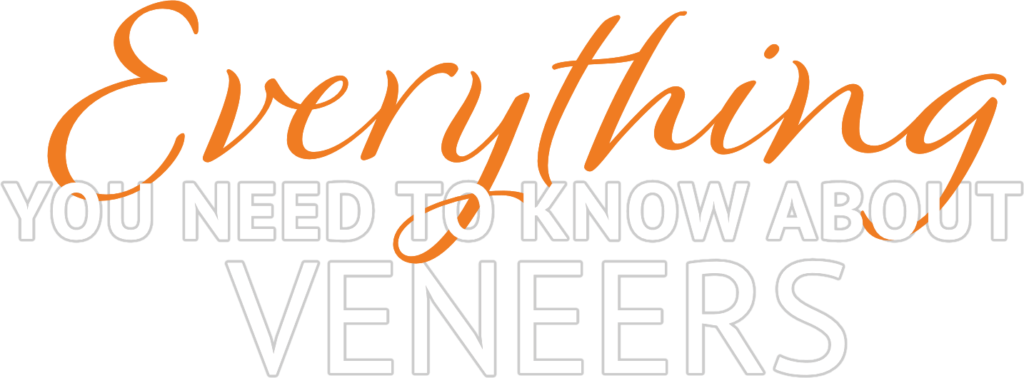
As a board-certified oral and maxillofacial surgeon and medical doctor, Dr. Michael Hashemian has advanced training in surgical procedures involving the facial skin, muscle, bone, and cartilage. He has 25 years of expertise in treating the face, skin, and jaws with aesthetically pleasing and long-lasting results.
His clinical understanding of the dental, skeletal, and tissue relationships in facial aesthetics and his artistic eye for beauty make him uniquely qualified to perform various cosmetic facial procedures in Spring Hill, Lecanto, Land O’Lakes, and Clearwater, FL. If you’re looking to enhance your facial beauty and smile with precision care, you’re in excellent hands at Dentofacial & Cosmetic Surgery Institute!
Dr. Hashemian is skilled in various surgical and nonsurgical cosmetic procedures that enhance facial appearance and confidence. To ensure patient comfort, he offers in-office general anesthetic and IV sedation in Spring Hill, Lecanto, Land O’ Lakes, and Clearwater, FL. For surgical procedures, the smallest sutures possible are used to close incisions.
For all procedures, Dr. Hashemian will thoroughly evaluate, ask about your medical history and current medications, and discuss any lifestyle factors that could affect the outcome. He’ll provide everything you need to know to prepare for your procedure and a complication-free recovery. If you smoke, we recommend quitting before surgery because it impedes postsurgical healing.
Due to age and genetics, wrinkle lines develop across the forehead, creases crop up between the eyebrows, and sagging brows hood upper eyelids. If a sagging brow causes you to look tired, worried, or angry, an eyebrow lift is a time-tested method for rejuvenating the upper third of your face.
Also known as a forehead lift, this procedure can elevate the sagging tissue of your brow, restore a youthful eyebrow arch, and create a more open appearance around your eyes. The three techniques used in brow lifts are temporal, endoscopic, and classic (coronal) lifts.
Many factors can cause the skin to wrinkle and sag—from thinning, loss of facial fat, gravity, sun damage, and smoking to heredity and stress. Dr. Hashemian will evaluate the skin laxity in your face and neck, skin type, fat deposit sites, muscle conditions beneath your skin, and the fortitude of your face’s bone structure.
During a facelift, incisions are made inside your hairline at the temple, running in front of your ear, then around your earlobe and behind your ear, ending in your scalp’s hair. The loose skin is separated from underlying tissue, pulled up and back, then excess skin is removed, and sagging muscles and connective tissues are tightened. The procedure may take up to five hours, especially if additional procedures are performed simultaneously.
The aging process causes weakening muscles, sagging skin, and excess fat around eyelids, leading to bags under the eyes. However, this issue is about more than aesthetics because droopy eyelids can reduce peripheral vision. Dr. Hashemian will trace your face’s natural lines and creases and make incredibly fine incisions from the inner to the outer edge of your eyelids.
First, surgery on the upper eyelid is performed, with the incision made in the fold of the lid. Then, on the lower eyelid, the incision is made below the eyelash, and excess fat and skin are removed from the underlying compartments.
Many patients simply wish to accentuate their lips to make them look fuller or more voluminous. Others have a congenital or acquired condition that results in inadequate lips fullness and desire to change this. Either way, a lip augmentation procedure in Spring Hill, Lecanto, Land O’ Lakes, and Clearwater, FL, will plump up and improve the appearance of your lips.
While fillers with hyaluronic acid are the go-to solution to volumize lips, Botox® is used to treat more complex issues, such as vertical lip lines that result from movement. In some cases, Dr. Hashemian may use a patient’s fat to restore structure and volume to their lower face and lips.
Facial liposuction, also called submental liposuction, permanently removes fat deposits from the neck and under the chin with suction. Using precise instruments and small incisions, Dr. Hashemian can sculpt the contour of your neck and jowls. Facial liposuction is an outpatient cosmetic surgery performed under general anesthesia at a hospital or our state-of-the-art surgical centers.
Dr. Hashemian marks the required area, followed by small (less than 1/2 inch) discreet incisions in your face or neck. Several techniques are used to remove the fat cells, including tumescent liposuction (fluid injection), a variant of tumescent liposuction called super-wet technique, ultrasound-assisted liposuction, and laser-assisted liposuction.
Ear surgery (otoplasty) corrects protruding, oversized, or deformed ears. This type of cosmetic and/or reconstructive surgery in Spring Hill, Lecanto, Land O’ Lakes, and Clearwater, FL, can fix aesthetic issues, birth defects, and deformities due to injury and differences in ear shape and size. Typically, otoplasty involves making an incision, either on the back of your ear or inside the folds of your ear.
The next step may involve removing cartilage or skin, folding and shaping cartilage with permanent stitches, or grafting cartilage to the ear. The incisions are small and barely visible. At the end of the procedure, a soft protective bandage is applied, which remains in place for two to five days.
Chin augmentation is a cosmetic surgery that enhances facial aesthetics by refining the chin’s appearance and addressing horizontal chin deficiency, soft tissue loss, and pre-jowl volume loss. But it can also be warranted to treat retrogenia (a receding chin) that can lead to obstructive sleep apnea.
Asymmetrical chins can be corrected by sliding or reshaping one side of the chin to match the other. Using surgical screws, Dr. Hashemian can reattach the jaw and chin bone after repositioning it, then reshape, elongate, or otherwise enhance the chin using plastic or silicone implants. Although the chin may appear completely healed within a few weeks, residual swelling may take up to three months to completely disappear.
If you’re bald or have thinning hair, two different Dentofacial & Cosmetic Surgery Institute procedures can offer a permanent solution. Hair transplant or hair grafting is a surgical procedure in which strips of hair-bearing skin are taken from the back of the scalp, dissected into smaller sections, and then transferred to the bald area on your head. Immediately before hair restoration, the donor hair may be cut short and cleansed with a unique solution.
A local anesthetic is applied to the donor site, and a strip of skin containing hair and hair follicles is removed. Mini-grafts (4–6 hairs), micro-grafts (2–3 hairs), or single hair grafts are used to refine the hairline and placed in a manner that enables each graft to receive an adequate blood supply during the healing process.
You may be well suited for scalp reduction if you have extensive hair loss. As with hair transplants, a local anesthetic is given, and an incision is made, usually on the top center of the head, from the front to the back. Skin is loosened from the underlying tissue, and excess skin is removed. The remaining skin on both sides is stretched gently over the midline area, and the edges are sutured together. This procedure can significantly reduce the donor grafts needed to cover the region during your hair transplant.
Anti-wrinkle injections are an ideal way to reduce the appearance of lines and turn back the clock. Botox is a popular cosmetic treatment in Spring Hill, Lecanto, Land O’ Lakes, and Clearwater, FL, that temporarily reduces the appearance of wrinkles and fine facial lines, specifically around the corners of the eyes (crow’s feet), in between eyebrows (glabellar lines), and on the forehead.
Botox blocks impulses to your brain that are responsible for tensing muscles, thereby relaxing them and decreasing the appearance of wrinkles. Using an excellent needle, Dr. Hashemian injects this safely formulated neurotoxin just beneath the surface of your skin—the anti-wrinkle effects of Botox generally last four to six months after treatment.


If you're a good candidate for veneers
A Digital Smile Design to show you what you will look like with your new veneers!
Pricing and options for treatment
And best of all... a time to speak directly with Dr. Hashemian. Top Cosmetic Dentists in FL!

New Patient - (352) 534-5981
Current Patient - (352) 688-4556
New Patient - (352) 604-5209
Current Patient - (352) 527-8000
New Patient - (813) 544-5463
Current Patient - (813) 922-1818
New Patient - (727) 351-6181
Current Patient - (727) 796-1716